Venezuela’s protected areas‚ covering nearly 46% of its territory‚ include 43 national parks‚ 36 natural monuments‚ and 7 wildlife refuges‚ preserving biodiversity and cultural heritage.
Overview ofProtected Areas in Venezuela
Venezuela’s protected areas encompass a diverse range of ecosystems‚ covering nearly 46% of the national territory. These areas include 43 national parks‚ 36 natural monuments‚ 7 wildlife refuges‚ and 2 biosphere reserves. The Atlas Áreas Protegidas de Venezuela: 10 Parques Nacionales. Tomo I provides detailed insights into these regions‚ highlighting their ecological and cultural significance. This document‚ accessible through national libraries‚ serves as a vital resource for understanding the country’s conservation efforts and the importance of preserving its rich biodiversity and historical heritage for future generations.
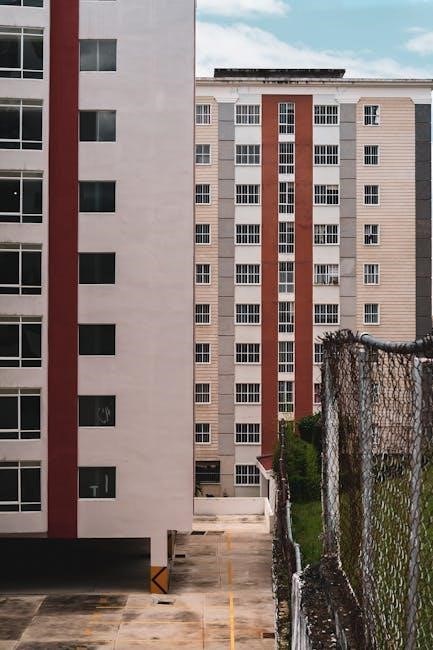
Importance of Biodiversity Conservation
Venezuela’s protected areas are crucial for preserving its extraordinary biological richness‚ making it one of the most biologically significant countries in the Western Hemisphere. These regions safeguard diverse ecosystems‚ including the Amazon rainforest‚ Andean highlands‚ and Caribbean coast‚ which host numerous endemic species. By protecting these areas‚ Venezuela ensures the survival of unique flora and fauna‚ maintaining ecological balance and supporting vital environmental services. The Atlas Áreas Protegidas de Venezuela: 10 Parques Nacionales. Tomo I emphasizes the importance of conservation efforts to educate and raise awareness for future generations.
History and Development ofProtected Areas in Venezuela
Venezuela’s protected areas began with the establishment of national parks in the 20th century‚ expanding over time to preserve natural and cultural heritage for future generations.
Establishment of the First National Parks
The first national parks in Venezuela were established in the mid-20th century‚ with Canaima National Park and Henri Pittier National Park being among the earliest. These parks were created to preserve Venezuela’s unique ecosystems‚ including tropical rainforests‚ mountains‚ and coastal regions. The establishment marked a significant step in conservation efforts‚ aiming to protect biodiversity and cultural heritage. The government‚ through the Ministry of Environment‚ played a crucial role in designating these areas‚ ensuring their natural and historical resources remained intact for future generations. These parks laid the foundation for Venezuela’s extensive protected areas network.
Expansion ofProtected Areas Over Time
Venezuela’s protected areas have expanded significantly over the years‚ increasing from 22% to 30% of the national territory by 2016. This growth reflects a commitment to conservation‚ with the addition of new national parks‚ natural monuments‚ and wildlife refuges. The network now includes 43 national parks‚ 36 natural monuments‚ and 7 wildlife refuges‚ among others. This expansion has safeguarded diverse ecosystems‚ from the Amazon rainforest to coastal regions. The government’s efforts‚ aligned with international environmental commitments‚ have been instrumental in this growth‚ ensuring the preservation of Venezuela’s rich biodiversity and cultural heritage for future generations.
Legal Framework and Governance
Venezuela’s protected areas are governed by national laws and international commitments‚ ensuring conservation and sustainable use of natural resources through structured legal frameworks and institutional oversight.
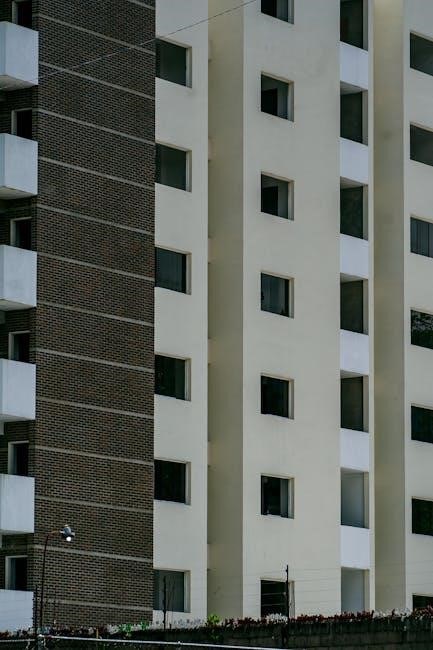
National Laws and Regulations
Venezuela’s protected areas are safeguarded by a robust legal framework‚ including national laws that establish conservation priorities and regulate land use. The Ministry of Environment oversees these regulations‚ ensuring compliance with environmental protection standards. Laws designate specific areas for conservation‚ such as national parks‚ natural monuments‚ and wildlife refuges‚ each with distinct protection levels. These regulations aim to preserve biodiversity‚ cultural heritage‚ and natural resources for future generations while promoting sustainable development. The legal system also involves local communities in conservation efforts‚ fostering a collaborative approach to environmental stewardship.
International Agreements and Commitments
Venezuela is a signatory to several international environmental agreements‚ including the Convention on Biological Diversity and the United Nations’ Sustainable Development Goals; These commitments emphasize biodiversity conservation and sustainable resource management. The country has also ratified the Amazon Cooperation Treaty‚ protecting its vast Amazonian regions. Venezuela’s participation in these agreements underscores its dedication to global environmental standards‚ aligning national conservation efforts with international objectives. These commitments ensure the preservation of unique ecosystems and species‚ fostering cooperation and shared responsibility for environmental protection.

Types ofProtected Areas in Venezuela
Venezuela’s protected areas include national parks‚ natural monuments‚ wildlife refuges‚ and biosphere reserves‚ each serving distinct conservation purposes.
National Parks
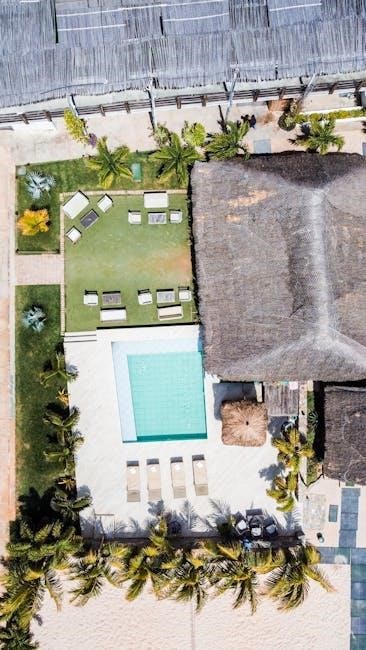
Venezuela’s national parks are cornerstone of its conservation efforts‚ with 43 designated areas preserving natural landscapes‚ ecosystems‚ and cultural heritage. These parks protect diverse habitats‚ from Andean peaks to Amazonian rainforests‚ ensuring biodiversity conservation. Iconic parks like Canaima and Henri Pittier showcase unique geological formations and endemic species. They serve as vital ecological corridors‚ maintaining balance and supporting scientific research. National parks also promote sustainable tourism‚ fostering environmental education and community engagement‚ while safeguarding Venezuela’s rich natural legacy for future generations.
Natural Monuments
Venezuela’s natural monuments are vital components of its protected areas‚ with 36 designated sites preserving unique geological formations and cultural heritage. These monuments‚ such as the iconic Tepuyes in Canaima and the impressive Médanos de Coro‚ safeguard remarkable natural features and historical significance. They contribute to biodiversity conservation by protecting fragile ecosystems and serve as educational resources‚ promoting environmental awareness and sustainable tourism. The Atlas ‘Áreas Protegidas de Venezuela: 10 Parques Nacionales. Tomo I’ highlights their importance in maintaining ecological balance and preserving Venezuela’s rich natural and historical legacy for future generations.
Wildlife Refuges and Reserves
Venezuela’s wildlife refuges and reserves are essential for safeguarding vulnerable species and their habitats. The country has 7 wildlife refuges and 7 reserves‚ focusing on protecting endangered fauna and unique ecosystems. These areas provide a safe environment for scientific research and conservation efforts. The Atlas ‘Áreas Protegidas de Venezuela: 10 Parques Nacionales. Tomo I’ emphasizes their role in maintaining biodiversity and promoting sustainable practices. These refuges and reserves are critical for preserving Venezuela’s ecological balance and ensuring the survival of its rich wildlife heritage for future generations.
Biosphere Reserves
Venezuela is home to two UNESCO-designated biosphere reserves‚ which play a crucial role in preserving unique ecosystems and biodiversity. These reserves promote sustainable development while safeguarding natural and cultural resources. The Atlas ‘Áreas Protegidas de Venezuela: 10 Parques Nacionales. Tomo I’ highlights their importance in balancing human activities with environmental conservation. Biosphere reserves in Venezuela support scientific research‚ education‚ and community involvement‚ ensuring the protection of these vital ecosystems for future generations while fostering harmony between nature and human society.
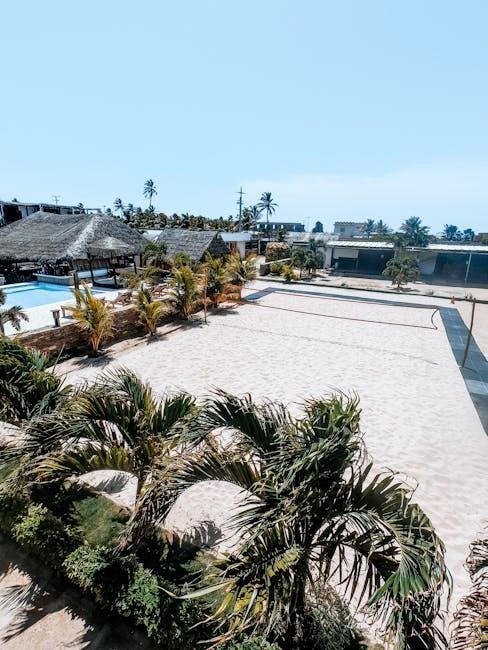
Biodiversity and Ecological Significance
Venezuela’s protected areas harbor extraordinary biological richness‚ making it one of the most biologically important countries in the Western Hemisphere‚ with unique species and ecosystems preserved.
Unique Species and Ecosystems
Venezuela’s protected areas are home to unique and endemic species‚ such as the jaguar‚ harpy eagle‚ and giant otter‚ thriving in diverse ecosystems like rainforests‚ savannas‚ and Andean highlands. These regions also host an incredible variety of flora‚ including orchids and bromeliads. The Amazon biome‚ shared with neighboring countries‚ adds to the ecological richness‚ preserving rare habitats and maintaining ecological balance. These areas safeguard biodiversity hotspots‚ ensuring the survival of species and ecosystems that are vital to global ecological health and scientific research.
Role in Maintaining Ecological Balance
Venezuela’s protected areas are crucial for maintaining ecological balance by preserving diverse ecosystems that regulate climate‚ protect water sources‚ and prevent soil erosion. These regions support pollination‚ carbon sequestration‚ and nutrient cycling‚ essential for sustainable life. The Amazon biome‚ spanning across the country‚ plays a vital role in global climate regulation. By safeguarding these areas‚ Venezuela mitigates the impacts of climate change and ensures the survival of intricate ecological networks‚ benefiting both local and global environments while maintaining biodiversity and natural resource integrity for future generations.
Cultural and Historical Significance
Venezuela’s protected areas safeguard cultural heritage‚ preserving indigenous traditions and historical sites‚ ensuring a tangible connection to the nation’s rich historical and communal legacy.
Indigenous Communities and Their Connection toProtected Areas
Indigenous communities in Venezuela play a vital role in preserving protected areas‚ as these regions are integral to their cultural identity and traditional way of life. Many indigenous groups‚ such as the Pemon and Yanomami‚ have lived harmoniously within these areas for centuries‚ relying on them for subsistence and spiritual practices. Their deep connection to the land ensures biodiversity conservation and cultural heritage preservation. However‚ these communities face challenges‚ including illegal activities and encroachment‚ threatening their ancestral territories and way of life.
Historical Sites WithinProtected Areas
Venezuela’s protected areas house numerous historical sites‚ such as pre-Columbian ruins and indigenous ceremonial centers‚ preserving the nation’s rich cultural legacy. Sites like Kavanayén and Uruyen‚ nestled within Canaima National Park‚ showcase ancient petroglyphs and artifacts‚ highlighting the region’s historical significance. These areas serve as vital links to Venezuela’s past‚ offering insights into the lives of indigenous communities and early settlers. The conservation of these sites ensures the preservation of cultural heritage‚ blending history with natural beauty and fostering a deeper understanding of the country’s identity.
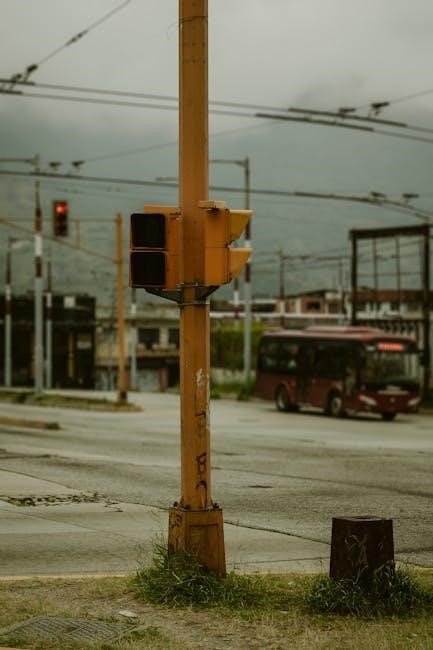
Challenges and Threats
Illegal activities‚ such as deforestation and mining‚ threaten Venezuela’s protected areas‚ while climate change exacerbates environmental degradation‚ putting biodiversity and ecosystems at significant risk.
Illegal Activities and Exploitation
Illegal activities‚ such as deforestation‚ mining‚ and logging‚ pose significant threats to Venezuela’s protected areas. These actions often occur due to lack of enforcement and corruption. Deforestation‚ driven by agricultural expansion and illegal land occupation‚ has led to habitat destruction. Mining operations‚ particularly illegal ones‚ contaminates water sources and disrupts ecosystems. Wildlife trafficking and poaching further endanger native species. These illegal exploits not only harm biodiversity but also undermine conservation efforts. Stronger governance and community involvement are essential to combat these issues and protect Venezuela’s fragile ecosystems for future generations.
Climate Change and Environmental Impact
Climate change significantly impacts Venezuela’s protected areas‚ with rising temperatures altering ecosystems and disrupting biodiversity. Extreme weather events‚ such as intense rainfall and droughts‚ further threaten these regions. Glacier melting in the Andes and rising sea levels endanger coastal habitats. These changes exacerbate existing challenges‚ such as habitat loss and species endangerment. Protecting these areas requires adaptive management strategies to mitigate climate impacts and safeguard their ecological integrity for future generations.
Conservation Efforts
Venezuela’s conservation efforts focus on expanding protected areas and promoting environmental education. The “Áreas Protegidas de Venezuela Tomo 1” PDF highlights these initiatives‚ supporting biodiversity preservation and community involvement.
Current Initiatives to Protect Areas
Venezuela has launched several initiatives to safeguard its protected areas‚ including the expansion of national parks and wildlife refuges. The “Áreas Protegidas de Venezuela Tomo 1” PDF outlines these efforts‚ emphasizing biodiversity conservation and sustainable practices. Recent programs like Operation Autana 2023 have increased military and community involvement to combat illegal activities. Additionally‚ educational campaigns aim to raise awareness about the importance of these areas‚ ensuring their preservation for future generations. These initiatives reflect a commitment to environmental protection and the integration of local communities in conservation strategies.
Community Involvement in Conservation
Community involvement is crucial for conservation in Venezuela’s protected areas. Educational campaigns and public access to documents like the “Áreas Protegidas de Venezuela Tomo 1” PDF aim to engage citizens. Local communities participate in initiatives such as Operation Autana 2023‚ which combines military and community efforts to protect these areas. Public libraries also provide access to conservation materials‚ fostering awareness and involvement. Such collaborative efforts ensure that communities play an active role in preserving Venezuela’s biodiversity and cultural heritage for future generations.
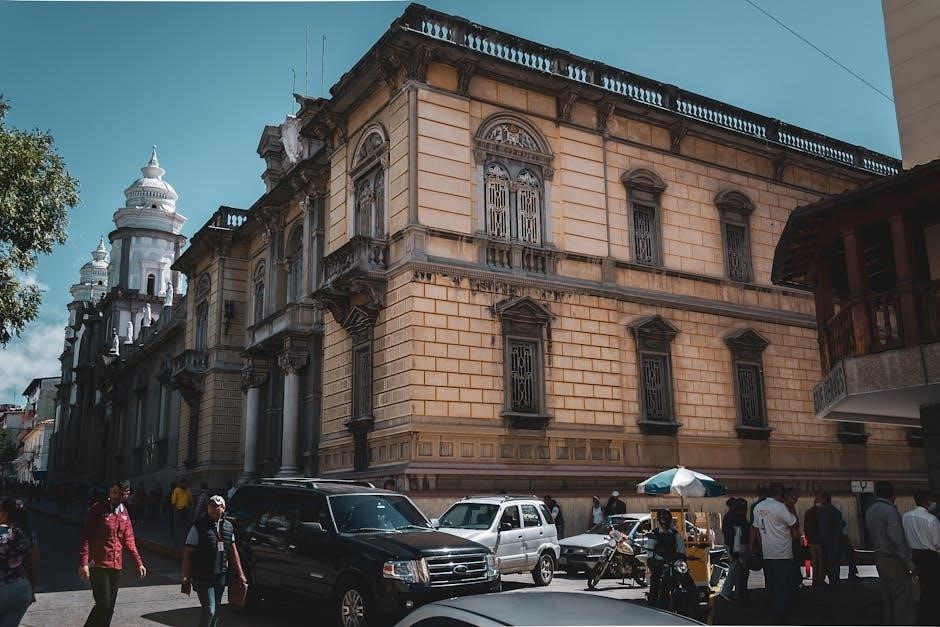
Accessing the “Áreas Protegidas de Venezuela” PDF
The “Áreas Protegidas de Venezuela” PDF is accessible through national public libraries. Registered with ISBN 978-980-04-1461-3‚ it offers detailed insights into Venezuela’s protected areas for free.
Features of the Document
The “Áreas Protegidas de Venezuela” PDF‚ officially registered with ISBN 978-980-04-1461-3‚ features detailed profiles of 10 national parks‚ including maps‚ species information‚ and high-quality images. It highlights Venezuela’s biodiversity‚ cultural heritage‚ and conservation efforts. The document is distributed under a Creative Commons license‚ ensuring free access for educational and non-commercial purposes. This comprehensive guide serves as an essential resource for researchers‚ students‚ and enthusiasts‚ offering insights into the country’s protected territories and their ecological significance.
How to Download and Use the PDF
The “Áreas Protegidas de Venezuela” PDF can be accessed through Venezuela’s national library network or downloaded directly from official sources. Users can click on provided links to save the document to their devices. The PDF is compatible with standard readers like Adobe Acrobat and offers detailed information on protected areas‚ including maps‚ species data‚ and conservation insights. It is freely available under a Creative Commons license‚ allowing non-commercial use and sharing‚ making it a valuable resource for education and research on Venezuela’s biodiversity and protected territories.
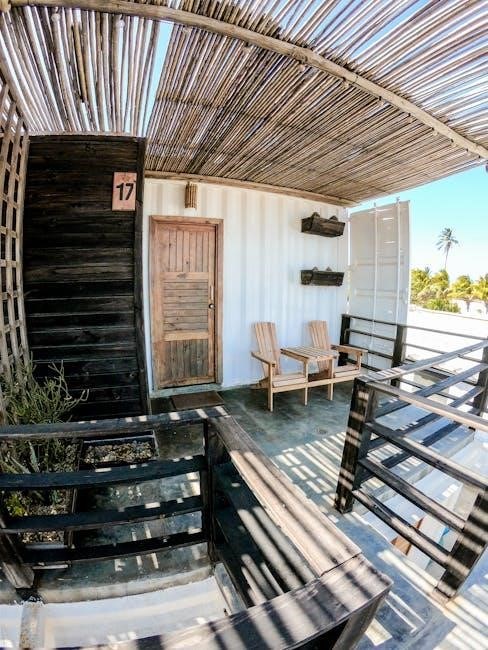
Importance of Protected Areas
Venezuela’s protected areas safeguard biodiversity‚ cultural heritage‚ and natural resources‚ ensuring ecological balance and benefiting future generations through conservation efforts and sustainable practices.
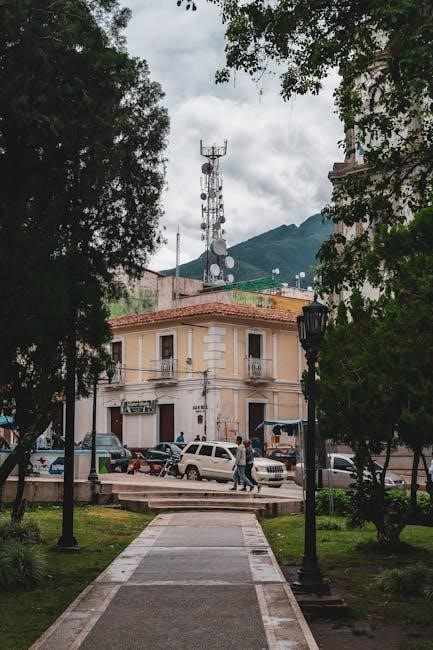
Environmental Benefits
Venezuela’s protected areas play a crucial role in preserving ecosystems‚ maintaining water cycles‚ and protecting biodiversity. They safeguard unique habitats like forests‚ wetlands‚ and mountainous regions‚ ensuring ecological balance. These areas also mitigate climate change by storing carbon and supporting natural processes. The conservation of biodiversity hotspots‚ such as the tepuis in Canaima National Park‚ contributes to global environmental health. By maintaining pristine landscapes‚ protected areas ensure the sustainability of natural resources‚ benefiting both wildlife and human communities. Their preservation is vital for maintaining ecological services and promoting a healthy environment for future generations.
Economic and Social Value
Venezuela’s protected areas offer significant economic and social benefits. Sustainable tourism in these regions generates income and creates jobs‚ supporting local communities. These areas also preserve indigenous cultures and historical sites‚ fostering cultural heritage. Ecotourism initiatives promote environmental education and awareness‚ empowering locals to manage resources sustainably. Protected areas enhance the quality of life for nearby populations and contribute to the national economy while safeguarding natural and cultural treasures for future generations.
Future Perspectives
Venezuela plans to expand protected areas‚ promoting sustainable tourism and environmental education to ensure conservation and community engagement for future generations.
Plans for Expansion and Protection
Venezuela aims to expand its protected areas‚ increasing coverage to 30% of the national territory. Efforts include enhancing enforcement through military and police presence to combat illegal activities. Sustainable tourism initiatives are being developed to promote eco-friendly practices while supporting local economies. Educational programs are also being implemented to raise awareness about conservation. These strategies aim to preserve biodiversity‚ mitigate environmental impacts‚ and ensure the involvement of indigenous communities in safeguarding their ancestral lands. The goal is to create a balanced approach between protection and sustainable development for future generations.
Sustainable Tourism and Education
Venezuela is promoting sustainable tourism within its protected areas to foster environmental awareness and economic benefits for local communities. Educational initiatives‚ such as the “Atlas Áreas Protegidas de Venezuela‚” provide detailed information on biodiversity and conservation efforts. These resources are distributed through public libraries and online platforms‚ ensuring accessibility for both citizens and tourists. By engaging visitors in eco-friendly practices‚ the program aims to preserve natural and cultural heritage while supporting sustainable development. This approach encourages responsible tourism‚ benefiting both the environment and local economies.